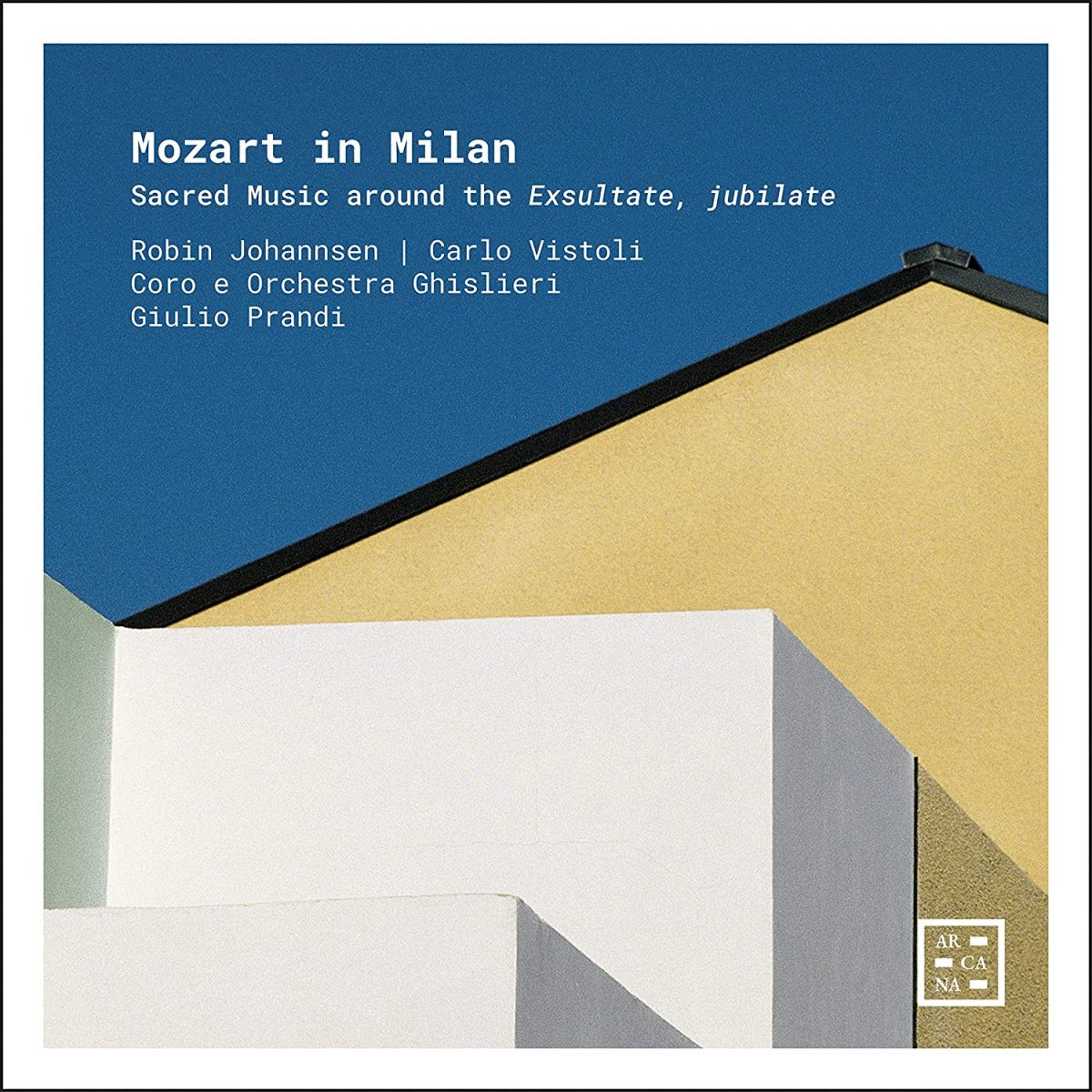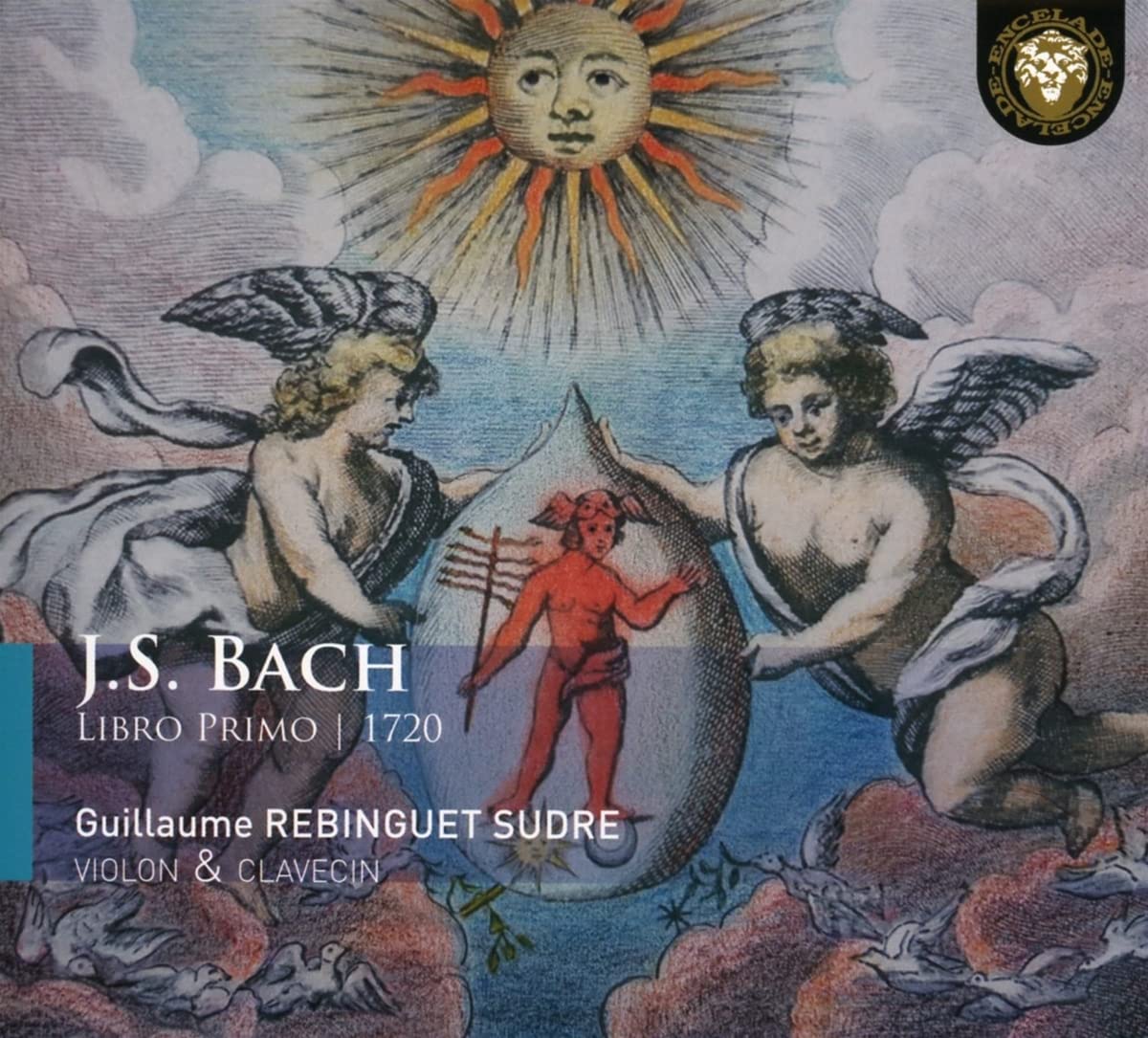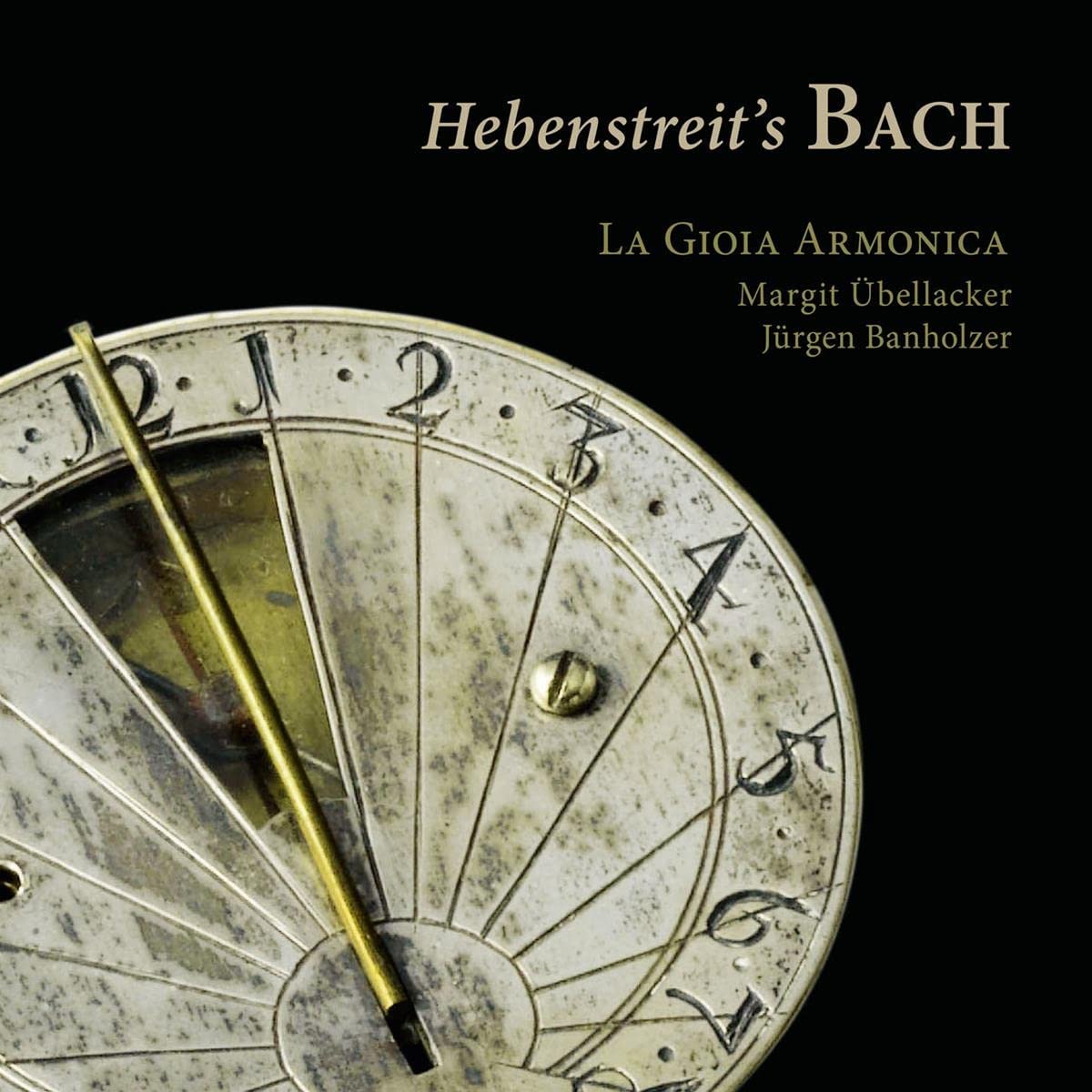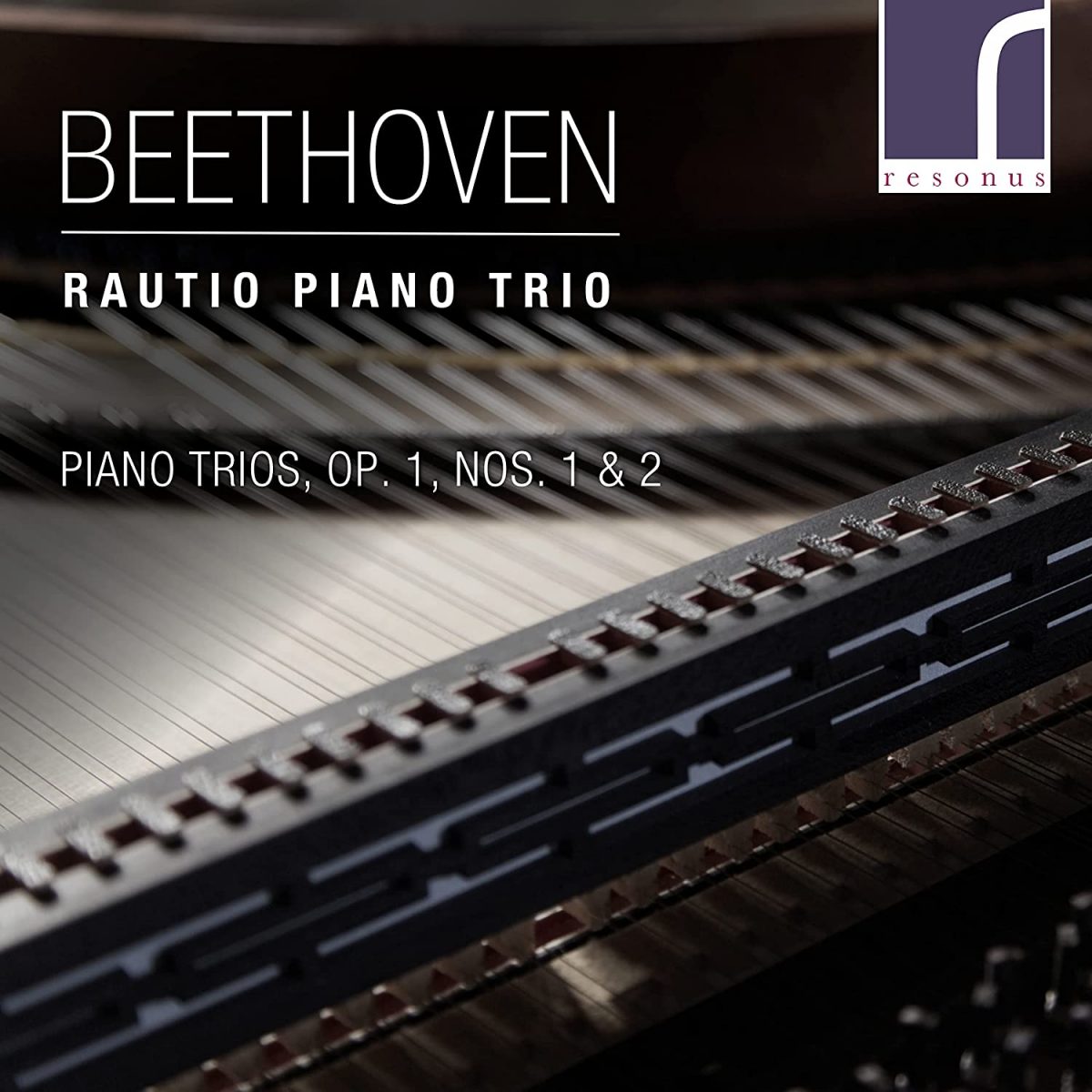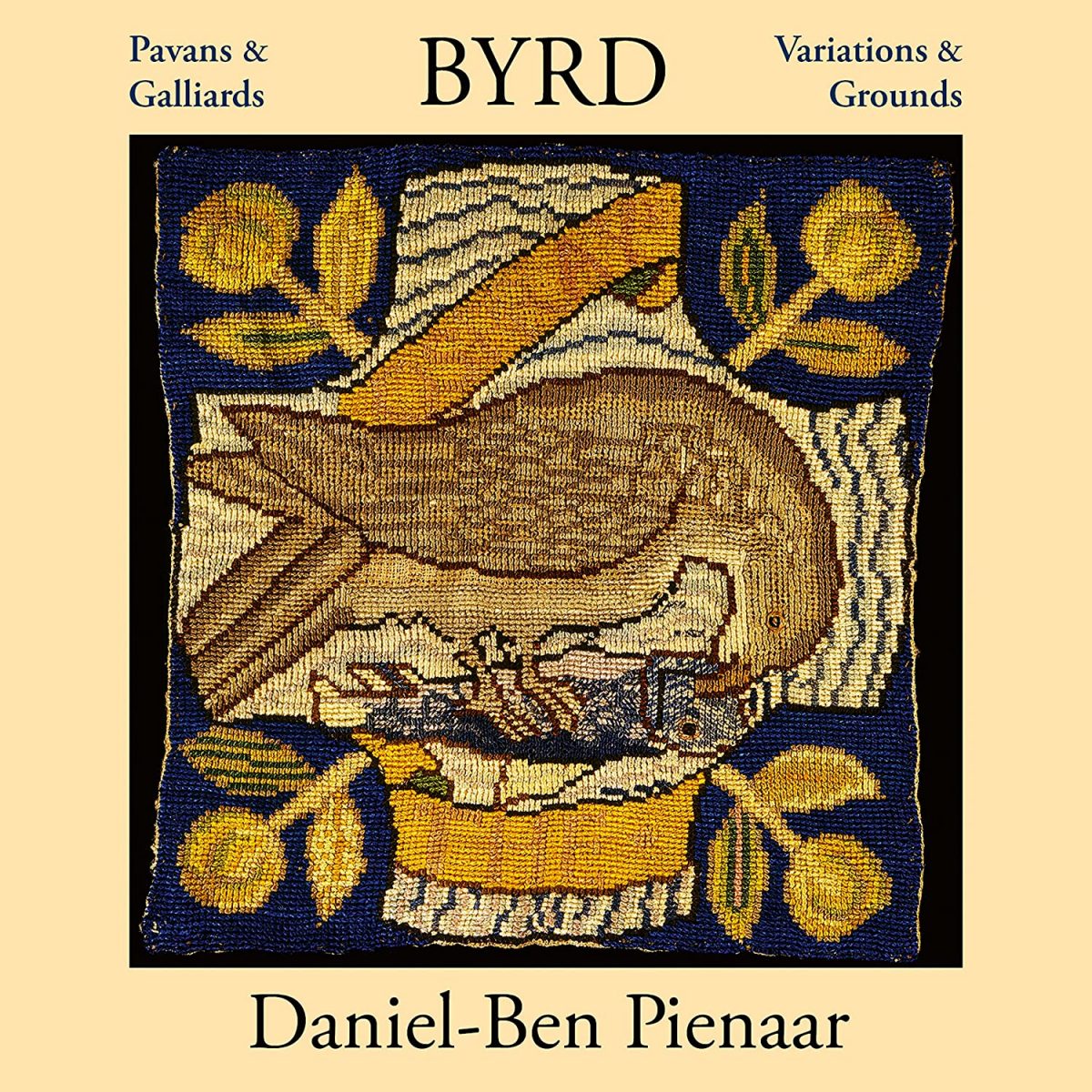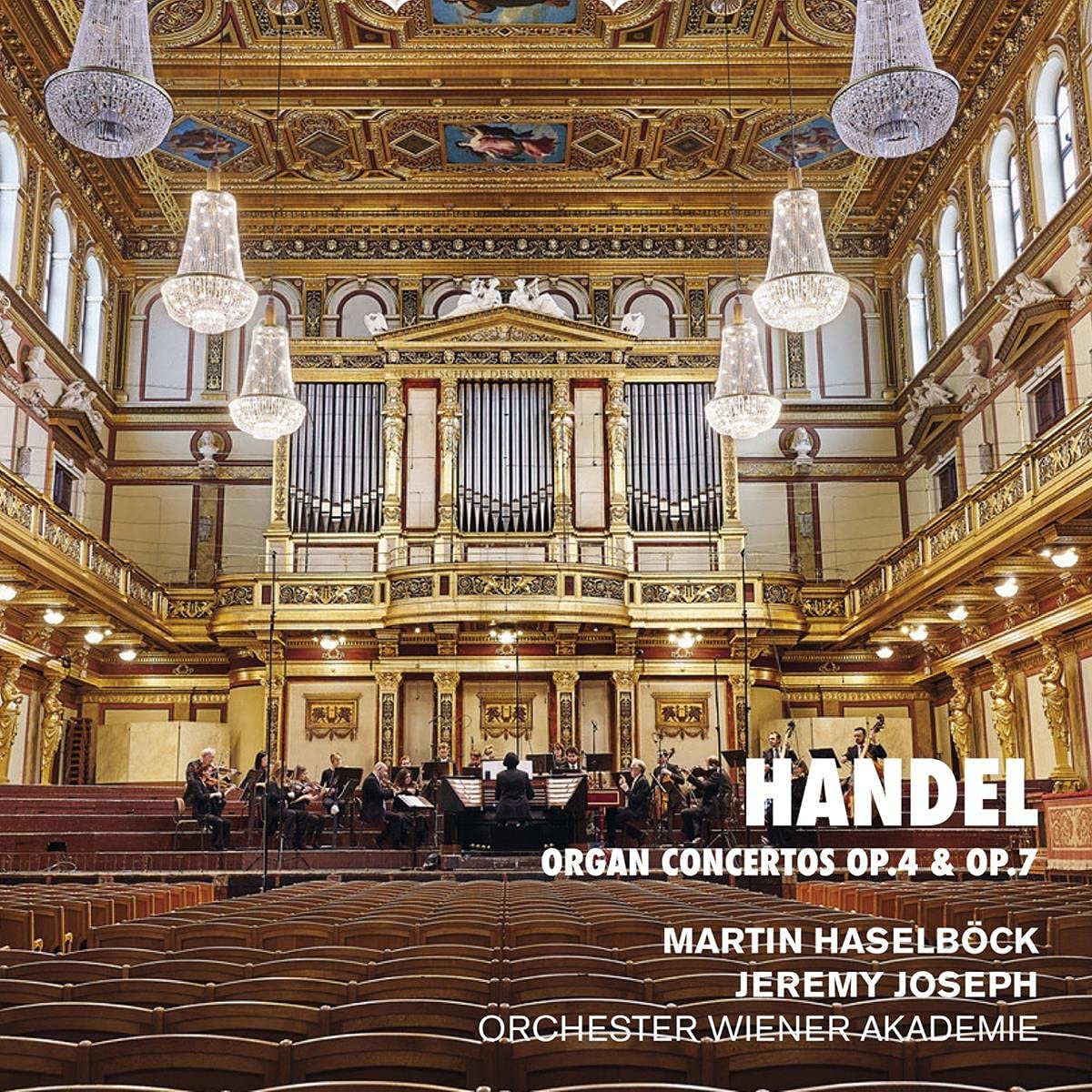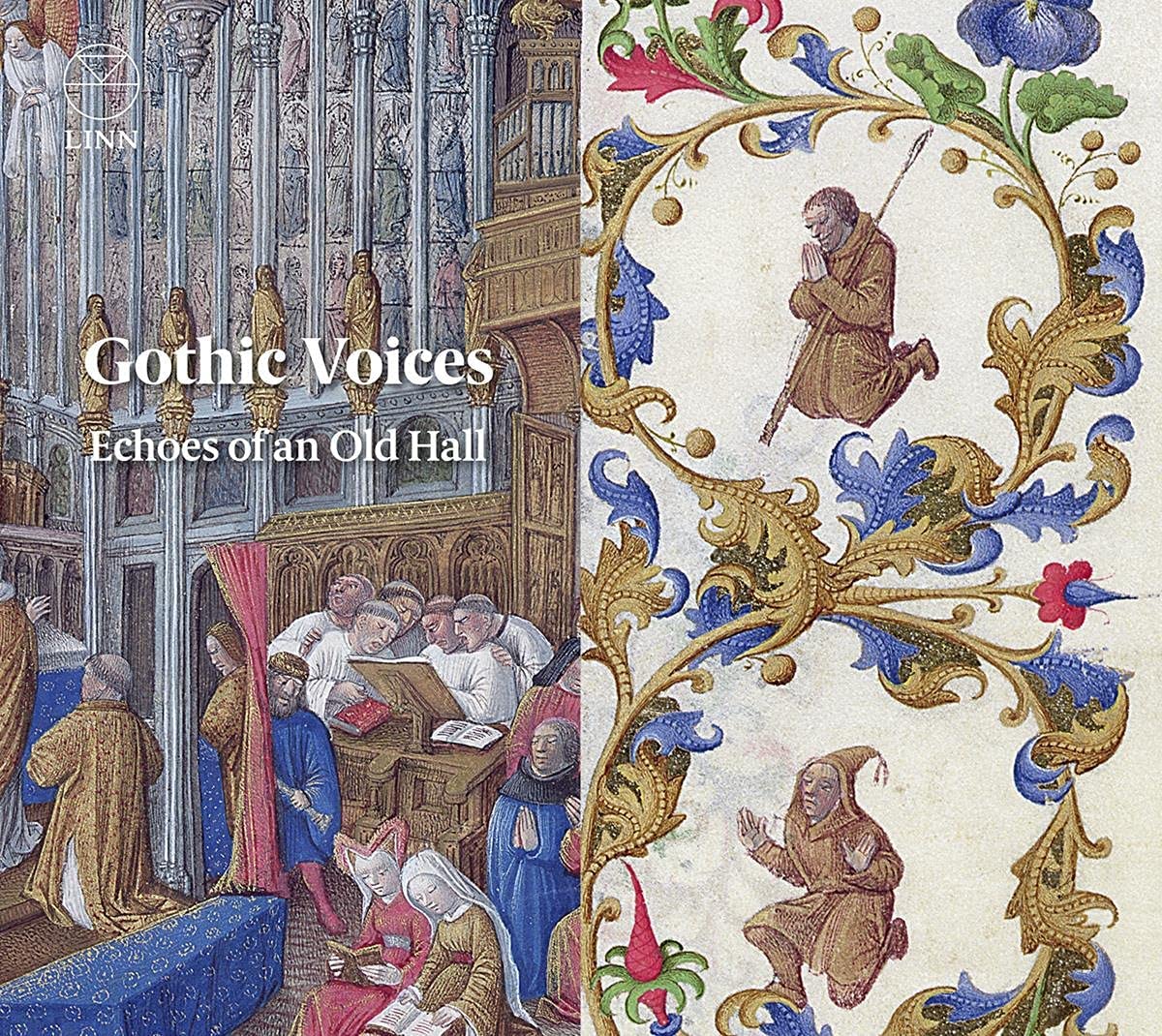Accademia Bizantina, directed by Ottavio Dantone harpsichord
217:12 (4 CDs)
HDB-AB-ST-001/2 (Available from https://hdbsonus.it/en)
This handsome set is currently available only as a 4-CD limited edition box set entitled ‘The Exciting Sound of Baroque Music’ from the website listed above. The title is a project being undertaken by Accademia Bizantina with the objective of, in the words of its founder and director Ottavio Dantone, ‘disseminating musical culture outside conventional listening spaces’. It hardly needs saying that anything furthering encouragement of the discovery of music such as the Handel concerti grossi is obviously to be encouraged, particularly when played by an ensemble as distinctive as Accademia Bizantina. In its hands the sound of Baroque music is indeed exciting and often in ways that differ considerably from that of north European period instrument ensembles. It is instantly more febrile, with an attack that can at times sound more spiky and aggressive, more muscular than the sound aimed at by, say, UK groups. Yet Italianate warmth also prevails where needed and one of the principal characteristics of the playing is always a strong sense of dramatic contrast stemming, I suspect, from the ensemble’s increasing activity in the opera pit. The sound of the full orchestra is at once fuller, richer and more rounded than that customarily sought in this music by most north European groups, the bass fortified by the strong contribution made by the inclusion of the theorbo in the continuo. More on that subject later.
Handel’s two sets of concerti grossi of course form part of the standard repertoire of Baroque orchestral music. Yet they are very different. Op 3 is a set of six concertos assembled mostly from works composed many years before and almost certainly without Handel’s authorisation by his publisher John Walsh, who issued them in 1734. They represent a vivid illustration of the anarchical world of publishing in the 18th century, one of which Walsh as a successful entrepreneur took full advantage. Lacking the scheme of the popular Corellian concerto grosso, the assemblage also contains errors that Bernardo Ticci has sought to correct in his new critical edition employed here. To move from one set to the other is to be aware immediately that opus 6 occupies a different sphere to opus 3, one that attains an elevated grandeur, breadth and nobility in general foreign to the earlier group, for all its charm. Composed in 1739, the 12 concertos were designed to be performed between the acts of Handel’s oratorios. Unlike op 3, they are true concerti grossi, with clearly delineated concertino (solo) parts contrasted with the full body of strings (unlike opus 3, which has oboe parts, opus 6 is scored only for strings.)
Unsurprisingly the performances of the two sets accords closely with the typical characteristics of Accademia Bizantina identified above. The playing is on the highest level, with outstanding concertino playing from the three solo players. Above all marked by the thrillingly committed verve and flair of the quicker movements, these players are also capable of finding a poise, delicacy and lightness of touch that brings to movements such as the final Allegro of op 6/6 an engaging enchantment or the profound intensity of expression that marks such as the Adagio (iv) of op.6/8.
There are few caveats. Some may find the string chording at times a little too abrupt and lacking sustained tone, though it is not something that here concerns me. Neither to any significant degree is the current predilection for tempos that tend to extremes, Dantone’s fondness for fast allegros being particularly prevalent. Just occasionally eyebrows might be raised, as in op 3/5 where in the succession of movements ii and iii, marked respectively Allegro and Presto, the beat for the latter sounds to my ears the slower of the two despite a marking that would suggest greater momentum. More serious to my mind is Dantone’s penchant for an assertive continuo theorbo contribution, a modern and unwelcome development in HIP in recent years. Early period instrument versions of these works, like the classic English Concert versions (1982 & 1984), found no necessity to include any kind of archlute and to my knowledge there is no evidence that Handel would have expected them. Here Dantone includes a theorbo – and worse still in places a guitar – in op.3 and both an archlute and theorbo in op.6. It is possible to argue that to help achieve the richness of Academia Bizantina’s bass sonorities such powerful instruments might be used to add chords. What is, in my view, completely unacceptable are the fiddly byzantine arabesques that here so often distract from the cantabile concertino or even ripieno lines. Writer after writer in the 16th to 18th century complained of plucked instrument players with ideas above their station. It is high time their present-day descendants were put back in theirs.
The set is handsomely produced, being in a sturdy box with individual cases for the two publications and a lavishly illustrated 128 pp book. My only reservation about it is that more space might with benefit have been devoted to notes on individual concertos at the expense of rather less on hyperbole. Notwithstanding, the last thing I would wish to do is conclude on a sour note. The performances are too thrilling, too life enhancing and too elevating to allow it. They deserve the widest possible circulation and I much hope they will become more generally available.
Brian Robins

